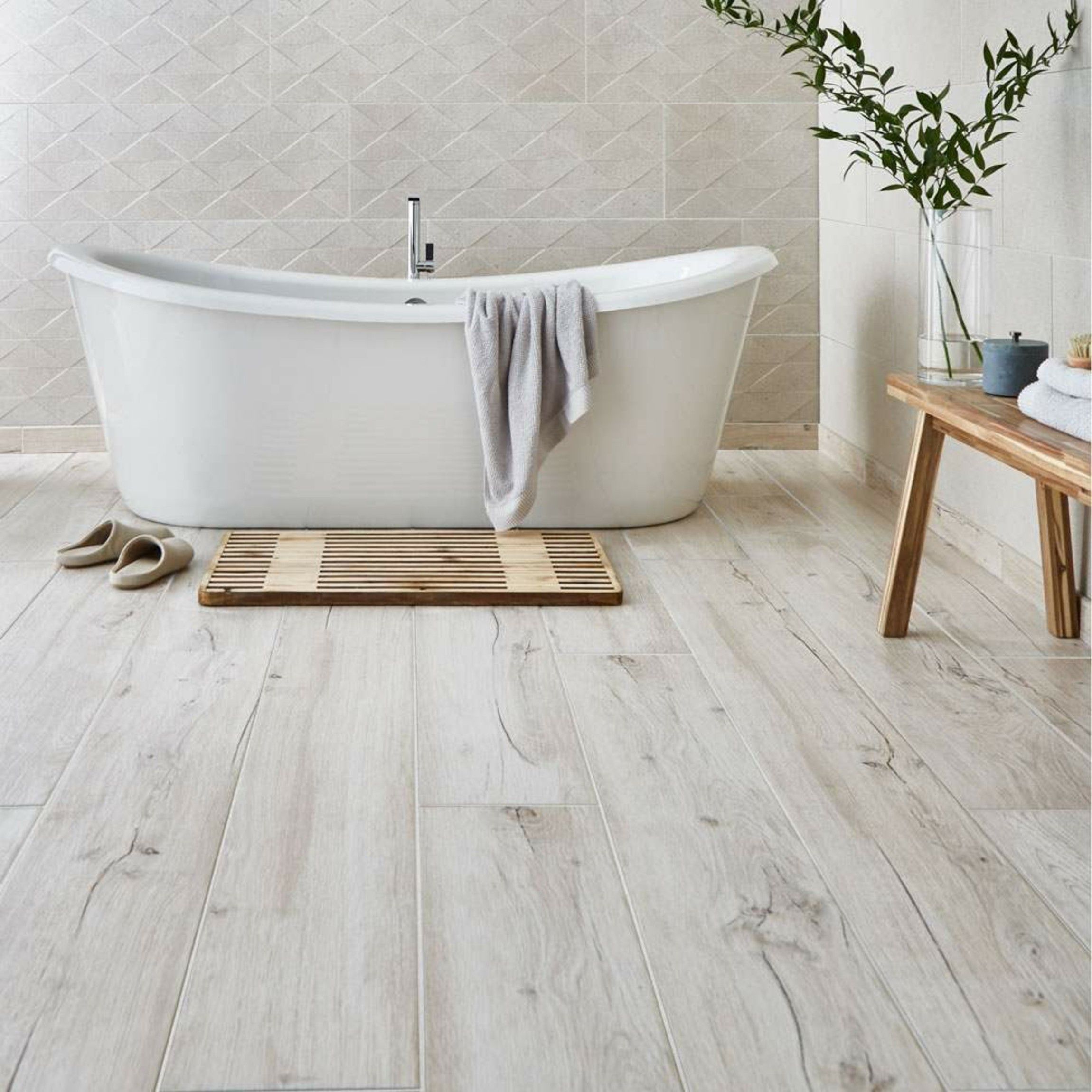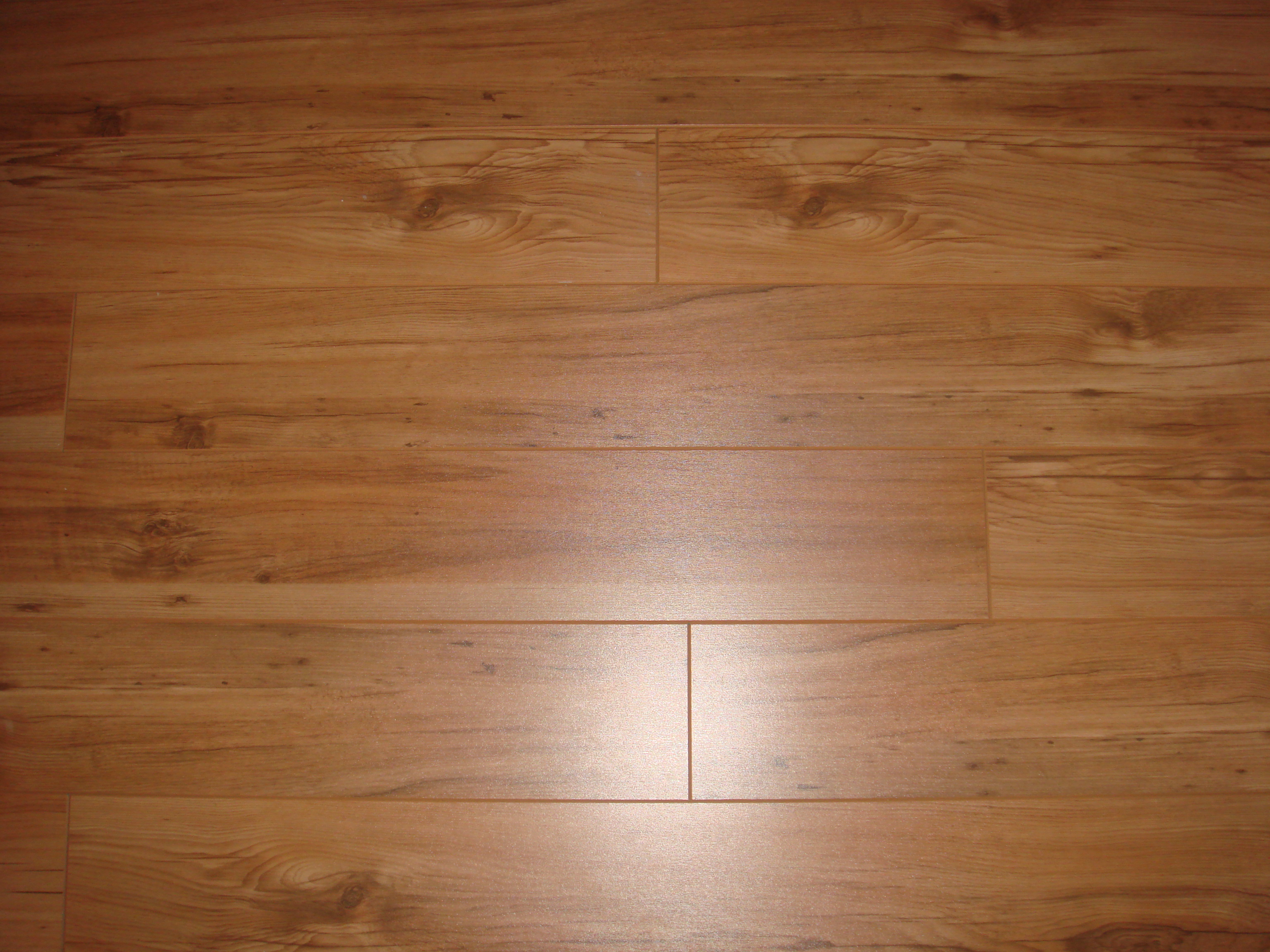Choosing the Right Laminate for Your Bathroom

Choosing the right laminate wood flooring for your bathroom is essential for creating a beautiful and functional space that can withstand the unique challenges of this high-moisture environment. Laminate flooring, known for its durability and affordability, offers a wide range of options, making it a popular choice for many homeowners.
Moisture Resistance
Moisture resistance is a crucial factor to consider when selecting laminate flooring for a bathroom. Bathrooms are prone to spills, splashes, and humidity, which can damage traditional laminate flooring. Fortunately, manufacturers have developed special laminate flooring specifically designed for bathrooms that offer enhanced moisture resistance.
- Waterproof Core: Look for laminate flooring with a waterproof core, often made of materials like high-density fiberboard (HDF) or composite wood. This core prevents moisture from penetrating the flooring and causing warping or damage.
- Sealed Edges: Laminate flooring designed for bathrooms also features sealed edges that prevent water from seeping into the seams and causing damage. This helps ensure the flooring remains durable and protected against moisture.
Wear Rating
Bathrooms experience high foot traffic, especially near the shower or tub. It’s important to choose laminate flooring with a high wear rating to ensure it can withstand the daily wear and tear.
- AC Ratings: Laminate flooring is rated according to its abrasion resistance using an AC (Abrasion Class) rating. The higher the AC rating, the more durable the flooring. For bathrooms, consider laminate flooring with an AC rating of 3 or higher.
Style, Laminate wood bathroom flooring
Laminate wood flooring comes in a wide variety of styles to complement any bathroom decor.
- Wood Look: Many laminate flooring options mimic the look of real wood, offering a range of colors, grains, and textures. Choose a style that complements your bathroom’s existing decor.
- Tile Look: Some laminate flooring options are designed to resemble ceramic tile, offering a modern and stylish alternative to traditional tile. This type of laminate flooring can be particularly useful for bathrooms where a non-slip surface is desired.
Finishes
Laminate flooring is available in a variety of finishes, each with its own unique look and feel.
- Gloss: Glossy finishes add a touch of elegance and shine to a bathroom, but they can be more susceptible to scratches and watermarks.
- Matte: Matte finishes provide a more subtle and understated look, and they are less likely to show scratches or fingerprints. Matte finishes are a good choice for bathrooms with a modern or minimalist design.
- Textured: Textured finishes offer a more natural and tactile experience. They can mimic the look and feel of real wood or stone, adding depth and dimension to a bathroom. Textured finishes can be more difficult to clean than glossy or matte finishes, but they are generally more durable and resistant to scratches.
Installation and Maintenance: Laminate Wood Bathroom Flooring

Installing laminate wood flooring in a bathroom requires careful planning and execution to ensure its longevity and prevent damage from moisture. Understanding the process and taking necessary precautions will lead to a successful installation.
Installing Laminate Wood Flooring in a Bathroom
Before starting the installation, ensure the subfloor is level and free of any imperfections. This is crucial for a smooth and even flooring surface. Use a level to check for any uneven areas and address them by filling in gaps or sanding down high spots.
- Acclimation: Allow the laminate planks to acclimate to the bathroom environment for at least 48 hours before installation. This step helps the planks adjust to the room’s temperature and humidity, minimizing expansion and contraction issues.
- Moisture Barrier: Install a moisture barrier over the subfloor to prevent moisture from penetrating the laminate planks. This is essential in bathrooms where humidity levels are often high. Choose a moisture barrier specifically designed for flooring applications, such as polyethylene sheeting or a moisture-resistant underlayment.
- Tools: Gather the necessary tools for installation, including a tape measure, saw, hammer, flooring tap block, and a pencil. A jigsaw or circular saw may be helpful for cutting around obstacles.
- Layout: Plan the layout of the laminate planks, starting from the most visible area of the bathroom. Consider the direction of the planks and the location of doors and other features to minimize waste.
- Installation: Begin laying the planks, starting from one corner of the room. Use a flooring tap block to gently tap the planks together, ensuring a tight fit. Use a saw to cut planks to fit around corners and other obstacles.
- Expansion Gaps: Leave expansion gaps around the perimeter of the room and between the planks. These gaps allow the planks to expand and contract with changes in temperature and humidity, preventing buckling or warping.
- Baseboards: Install baseboards around the perimeter of the room, covering the expansion gaps and creating a finished look.
Maintaining Laminate Wood Flooring in a Bathroom
Proper maintenance is crucial to prolong the life of your laminate wood flooring. Follow these tips to keep your bathroom floor looking its best:
- Sweep or vacuum regularly: Remove dirt, dust, and debris to prevent scratches and wear.
- Clean spills immediately: Wipe up spills as soon as they occur to prevent staining and damage.
- Use a damp mop with a mild cleaner: Avoid using harsh chemicals or abrasive cleaners, which can damage the laminate surface. Use a damp mop with a pH-neutral cleaner specifically designed for laminate flooring.
- Avoid excessive water: Do not allow water to sit on the floor for extended periods, as this can lead to warping or damage.
- Use floor mats: Place mats outside the bathroom to absorb moisture from shoes and prevent dirt from being tracked onto the floor.
- Protect from scratches: Use furniture pads or coasters to protect the floor from scratches caused by heavy furniture or objects.
